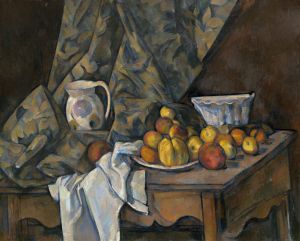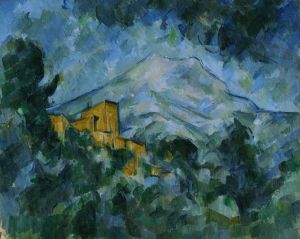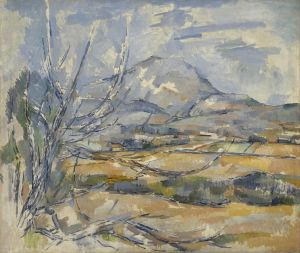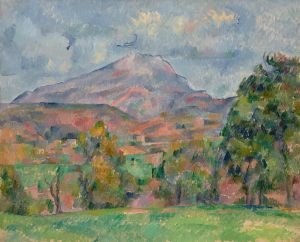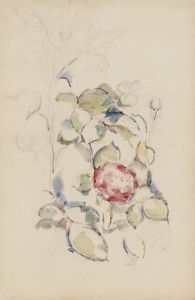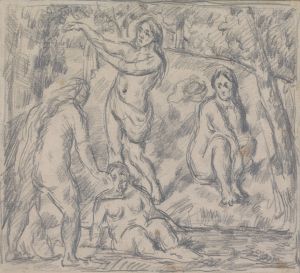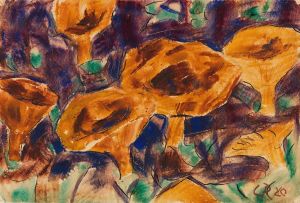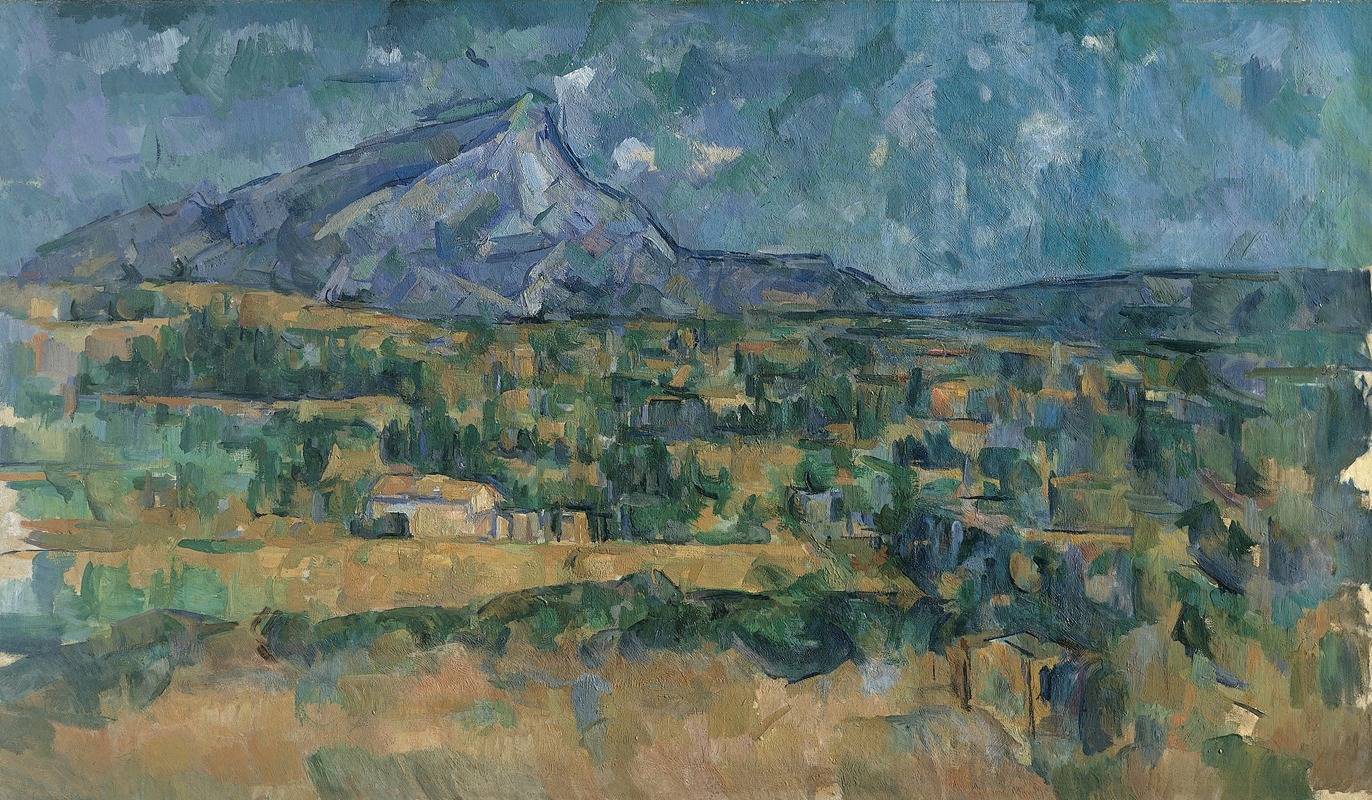
Mont Sainte-Victoire
A hand-painted replica of Paul Cézanne’s masterpiece Mont Sainte-Victoire, meticulously crafted by professional artists to capture the true essence of the original. Each piece is created with museum-quality canvas and rare mineral pigments, carefully painted by experienced artists with delicate brushstrokes and rich, layered colors to perfectly recreate the texture of the original artwork. Unlike machine-printed reproductions, this hand-painted version brings the painting to life, infused with the artist’s emotions and skill in every stroke. Whether for personal collection or home decoration, it instantly elevates the artistic atmosphere of any space.
Paul Cézanne's "Mont Sainte-Victoire" is a series of paintings and watercolors created between the late 19th and early 20th centuries. These works depict the Mont Sainte-Victoire, a mountain in the Provence region of southern France, near Cézanne's hometown of Aix-en-Provence. The mountain became one of Cézanne's most iconic subjects, and his repeated studies of it are considered a cornerstone of his artistic legacy.
Cézanne painted Mont Sainte-Victoire numerous times, exploring the subject from various angles, under different lighting conditions, and in changing seasons. His depictions of the mountain reflect his innovative approach to composition, color, and form, which were instrumental in the development of modern art. Cézanne's work bridged the gap between 19th-century Impressionism and the emerging movements of the 20th century, such as Cubism. Artists like Pablo Picasso and Georges Braque later cited Cézanne's work as a significant influence on their own artistic explorations.
The Mont Sainte-Victoire series exemplifies Cézanne's methodical and analytical approach to painting. He sought to capture the underlying structure of the landscape, reducing natural forms to their geometric essentials. Cézanne often used short, deliberate brushstrokes to build up his compositions, creating a sense of depth and solidity. His use of color was equally innovative, as he employed a palette of blues, greens, and ochres to convey the interplay of light and atmosphere in the Provençal landscape.
One of the most notable paintings in the series is "Mont Sainte-Victoire Seen from the Bibémus Quarry," created around 1897–1900. This work, like many others in the series, demonstrates Cézanne's ability to balance the naturalistic representation of the mountain with his abstract, structural approach to form. The painting is characterized by its harmonious composition and the interplay of warm and cool tones.
Cézanne's fascination with Mont Sainte-Victoire was deeply personal. The mountain held a special significance for him, as it was a prominent feature of the landscape he had known since childhood. His repeated studies of the mountain reflect his lifelong dedication to exploring the complexities of perception and representation in art.
Today, many of Cézanne's Mont Sainte-Victoire paintings are housed in major museums and collections around the world, including the Musée d'Orsay in Paris, the Metropolitan Museum of Art in New York, and the Hermitage Museum in Saint Petersburg. These works are celebrated not only for their aesthetic qualities but also for their profound impact on the trajectory of modern art.







